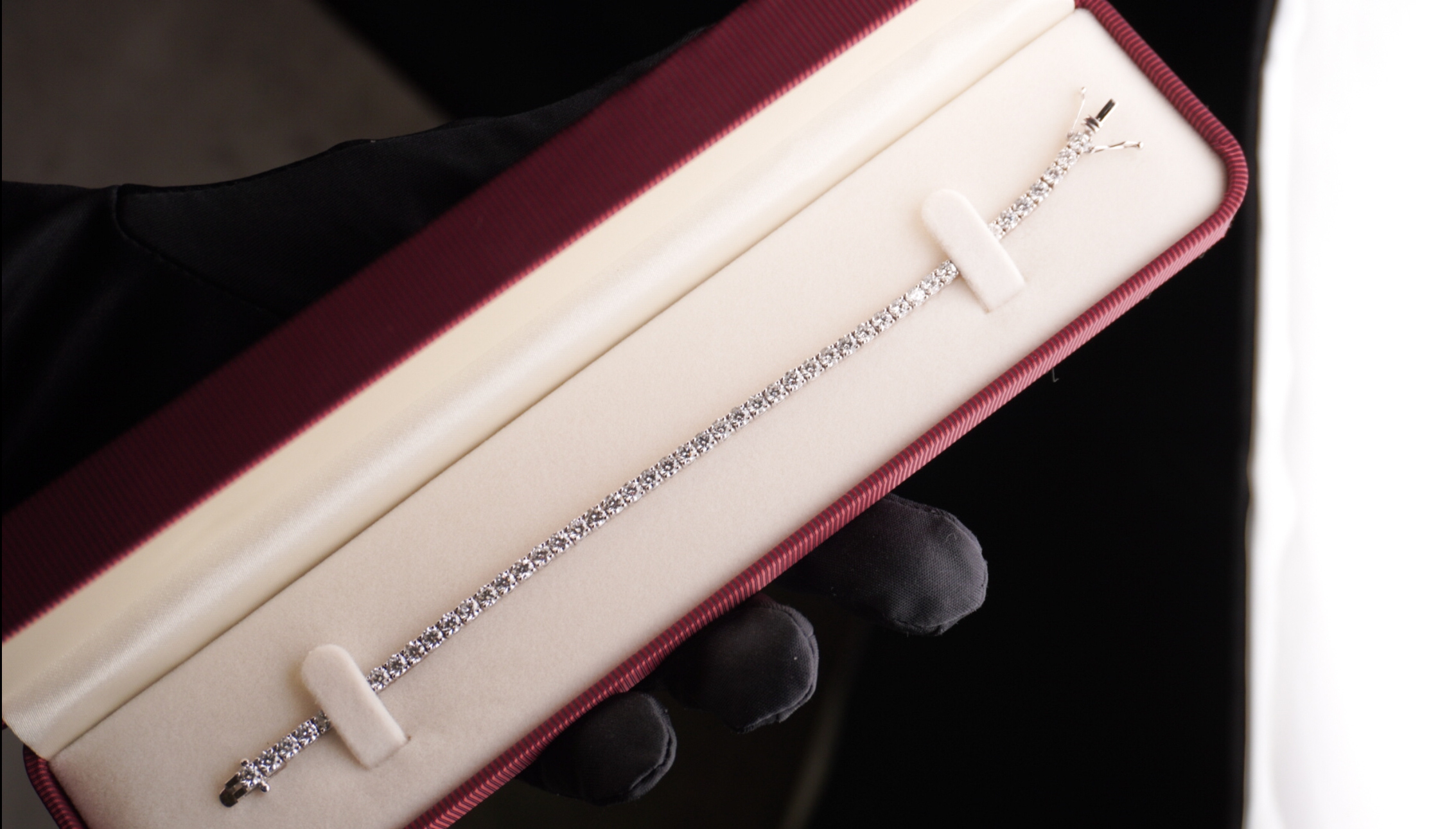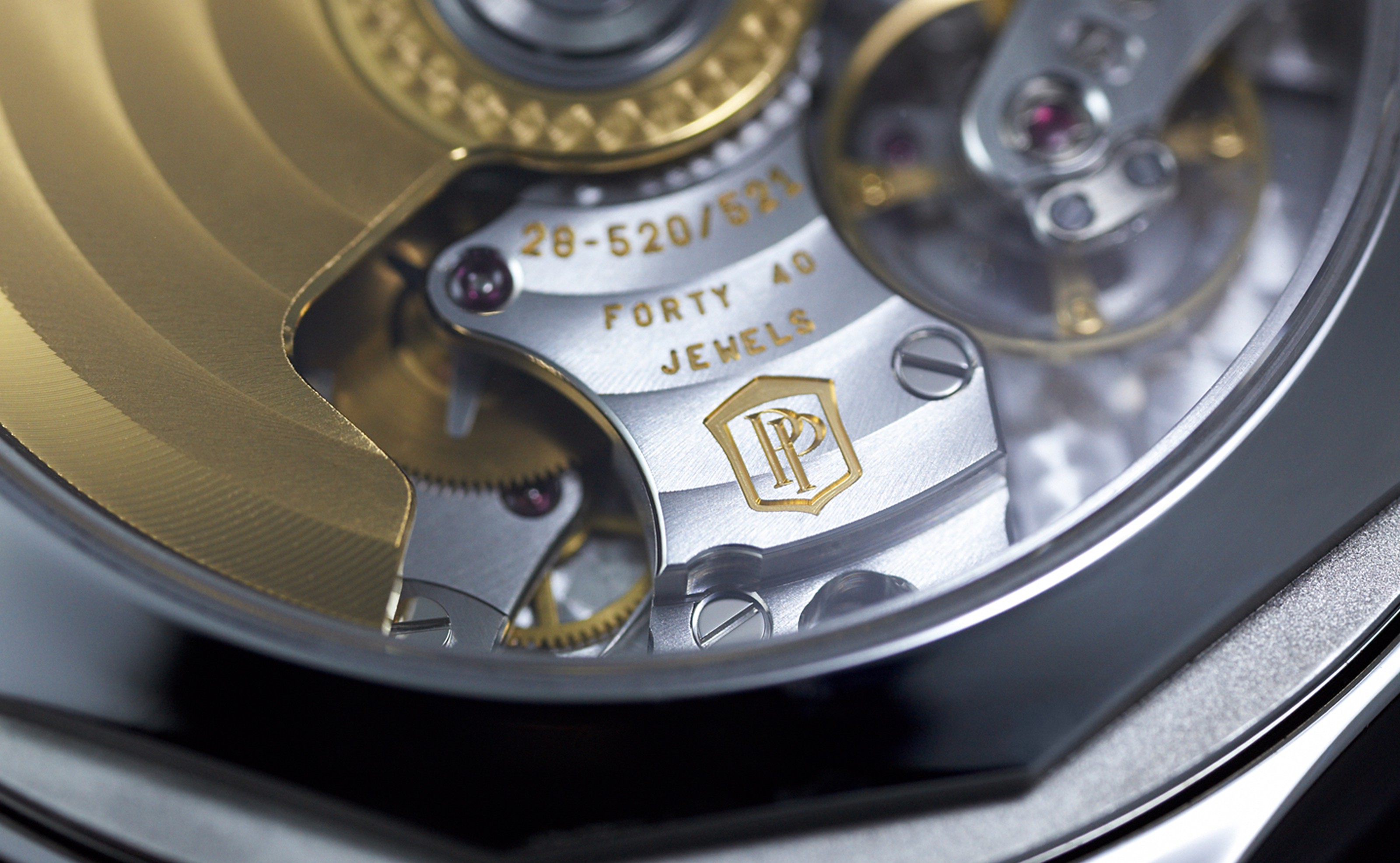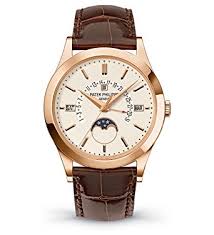Diamonds are unique gemstones that have been used in many pieces of jewelry for centuries. Traditionally, diamonds could only be found in nature, but recent technological advances have made it possible to create lab-grown diamonds that are indistinguishable in composition from their natural counterparts.
Both lab-grown and natural diamonds have the same chemical and optical properties, making them equally beautiful and valuable choices for many jewelry lovers. The difference between them is their origin, not the authenticity of the actual diamonds.
Lab-grown and natural diamonds are considered "real" diamonds due to their overall chemical composition. The 2018 Federal Trade Commission (FTC) guidelines classify these diamonds as lab-grown rather than synthetic.
Luxury brands such as Bulgari, Cartier, and Tiffany (part of the LVMH brand) have long espoused the idea that only natural diamonds have luxury status and true value.
However, in 2022, barriers were overcome as LVMH Luxury Ventures and other investors completed a $90 million investment round in Lusix, an Israeli pioneer in the lab-grown diamond industry. In addition, LVMH immediately began using such stones in watches and jewelry of their brands.
These diamonds are created in laboratories using HPHT (high pressure and high-temperature) or CVD (chemical vapor deposition) techniques, where layers of carbon are grown over weeks or months. Natural diamonds, on the other hand, form over millions of years deep underground and are brought to the surface by volcanic eruptions. Both types have the same chemical and optical properties, and lab-grown diamonds offer a more controlled and faster creation process.
The 4Cs — cut, color, clarity, and carat — are used to evaluate the quality of both lab-grown and natural diamonds. Based on these metrics, the Gemological Institute of America (GIA), the most authoritative and respected gemological laboratory in the world, comprehensively analyzes and grades both lab-grown and natural diamonds, allowing consumers to understand the essential qualities of any stone.
In terms of appearance, there are no significant differences between natural and lab-grown diamonds, especially to the naked or untrained eye. Lab-grown diamonds and natural diamonds have the same chemical structure, refractive properties, brilliance, radiance, and fire, so they appear indistinguishable. Thus, both options have the same visual appeal when used in jewelry such as rings, necklaces, bracelets, or earrings.
Offering the same beauty and quality as natural diamonds, lab-grown diamonds typically have a lower price tag because the creation process is more controlled and less time-consuming than the mining process for natural diamonds. The availability of lab-grown diamonds is increasing, leading to a more competitive market and potentially lower prices.
Lab-grown diamonds really attract increased attention and interest. In fact, they've been in the spotlight and in the news throughout the past year, leading Business of Fashion to dub 2023 "The Year of the Lab-Grown Diamond." World-class celebrities, actors, and politicians constantly appeared at significant events wearing jewelry with laboratory diamonds.
Of course, the decision between lab-grown and natural diamonds comes down to personal preference and budget, but progress continues, and lab-grown diamonds continue to make their way into the market.



